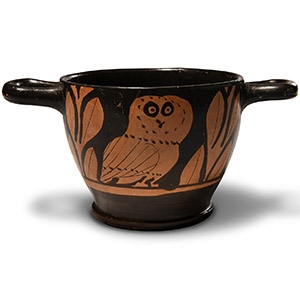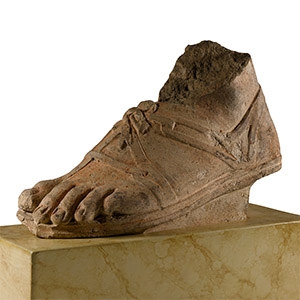Home > Auctions > 5 - 9 September 2023
Ancient Art, Antiquities, Natural History & Coins
Auction Highlights:
Ex old English collection.
London art market, 1980s.
This lot has been checked against the Interpol Database of stolen works of art and is accompanied by search certificate number no.11849-207741.
Cf. The Dallas Museum of Art, object number 1991.75.74.3, for a broadly comparable mask in gold.
In Greek mythology, Silenus was a god of the forest, associated with musical creativity, ecstatic dance and drunkenness. He was also a prophet and a bearer of dire wisdom. When the god Dionysus was born from the thigh of Zeus, Hermes took the infant to live with Silenus, where he was raised together with local nymphs in a cave on mount Nysa. Silenus was frequently present in the train of Dionysus, fought with the latter against the giants, and accompanied him on his adventures.
Acquired in before 2005.
Private collection, Europe.
This lot has been checked against the Interpol Database of stolen works of art and is accompanied by search certificate no.11805-206818.
Cf. Boardman, J., Athenian Red Figure Vases. The Archaic period, London, 1975, figs.369-370.
The Euaion painter was a prolific artist of about 460 B.C. His painting - already in the manneristic period of the Attic red figures vases - was more nearly classical in style, although the ancestry of his small-headed, slim figures, is very evident. He introduced a high, sometimes patterned ground line for an upright two-figure group, and preferred the old elaborately patterned borders for tondos and the ground lines outside cups.
Old Swiss collection.
Acquired in Europe before 2011.
Private collection, Europe.
Accompanied by an academic report by Dr Raffaele D’Amato.
This lot has been checked against the Interpol Database of stolen works of art and is accompanied by search certificate number no.11815-206482.
See Papuci-Władyka, E., Corpus Vasorum Antiquorum, Poland, Fascicule 11, Cracow Fascicule I, Cracow, 2012, pl.43, for similar examples; see also a similar lekythos decorated with warriors in combat at the New Art Gallery Walsall, inventory no.1973.284.GR; for general bibliography on the Attic Greek black-figure lekythoi see Beazley, J. D., Attic Black-Figure Vase-Painters, New York, 1978, pp.463-464, 699; Boardman J., Athenian Black Figure Vases, New York, 1993, pp.114-115, fig.237.
To the Greeks, lekythoi were containers for dispensing oil. The characteristics shape of this vessel was that of a long body, narrow neck, one handle and a cup-shaped mouth. The shape was fit for the function of the lekythos: the narrow neck prevented the unnecessary loss of oil by enabling small amounts to be distributed evenly and the mouth to collect the excess. The represented scene is probably taken from the Iliad and could represent the combat between Ajax and Hector, assisted by arbiters.
with Sotheby's, 13 December 1990, lot 217.
Acquired from Dr. Jean Lauffenburger, circa 1980.
Private collection, Europe.
This lot has been checked against the Interpol Database of stolen works of art and is accompanied by search certificate number no.11850-206480.
Cf. The Metropolitan Museum, accession number 41.162.59, for similar.
Acquired in Europe before 1994.
with Christie's, New York, 2 June 1995, lot 95.
Cf. The Metropolitan Museum, New York, accession number 2001.761.5, for a similar Attic example.
Acquired in the 1960s-1970s.
Ex European private collection.
Acquired in the 1970s.
Ex European private collection.
Cf. similar statuette in the archaeological museum of Komotini, inv. no.ΑΓK13512/1323 da Rhodope; Cleveland Museum of Art, no.1926.518.
The type belongs to the evolution of the ‘Aphrodite Group’ that was distributed and copied by local workshops in Ionia and the rest of Greece. The figurines of this type are found in sanctuaries of female deities, as well as graves (eg. in Molyvoti). Similar figurines have also been found in Thassos.
Acquired early 20th century.
From the collection of Count Henri d'Epinay (1940-2017), Longuenesse, France.
Accompanied by a copy of a French cultural passport no.196149.
Accompanied by an academic report by Dr Raffaele D'Amato.
This lot has been checked against the Interpol Database of stolen works of art and is accompanied by search certificate no.11824-207736.
Cf. Reinach, S., Repertoire de la statuarie grecque et romaine, Paris, 1930, pp.471ff., and especially no.7, p.472; Rausa, F., ‘L’immagine del vincitore: L’atleta nella statuaria greca dall’età arcaica all’ellenismo’, in Ludica 2, Treviso and Rome, 1994, pp.136–38; Belli Pasqua, R., La scultura in marmo e in pietra. Catalogo del Museo Nazionale Archeologico di Taranto IV, 1., Taranto, 1995; Hakanen, V., Ganimede in the art of the Roman Campania, Ancient Roman viewers' experience of erotic mythological art, Helsinki, 2022; for similar heads in terracotta see Ferruzza, M.L., Ancient Terracottas from South Italy and Sicily in the J. Paul Getty Museum, Los Angeles, 2016, nos.19, 20, 21.
The terracotta sculpture appears to have similarities with other Tarentine heads from the early Hellenistic Period. A marble head from Taranto, datable to the end of the 4th century B.C., presents similar elements. The visible character is clearly attributable to Graeco-Roman mythology. The only clue regarding the identity of the head is provided by the Phrygian cap, which narrows down the identification to few characters from Greek mythology: the Trojan prince Ganymede, abducted by Zeus for his beauty and named by him the cupbearer of the gods, or the Trojan prince Paris. There are many representations of Ganymede in a Phrygian cap (Hakanen, 2022, plates 6,12a). However, the third possibility is that the sculpture represents Attis, lover of the goddess Cybele.
From the collection of Platon Hobson (29 January 1937-3 December 2022), local dealer and previously a costumier in the film industry.
Ex private collection Mr S., Geneva, by inheritance.
Accompanied by an academic report by Dr Raffaele D’Amato.
Accompanied by an original thermoluminescence analysis report no.N123k3 from Oxford Authentication.
This lot has been checked against the Interpol Database of stolen works of art and is accompanied by search certificate number no.11784-206515.
Cf. Trendall, A.D., ‘Paestan Pottery: a Revision and a Supplement’, in Papers of the British School at Rome, 1952, no.20, pp.1-53, pl.XVIa, for similar amphora but with different iconography.
Trendall, A.D., The red-figured vases of Lucania, Campania and Sicily, second supplement, University of London, Institute of Classical Studies Bulletin n°31, 1973, planche XLII.
The illustration of the horse is noteworthy: contemporary descriptions speak about the Sicilian horses as 'generous, swift and with firm foot' (Aeneid III, 704). The Oscan poet Lucilius of the 2nd century B.C. quotes the Campanian chargers as ‘fiery and brave although not very fine in their look’. The artistic evidence, like here, depicts well-built horses with fine legs suitable for middle-light cavalry.
Acquired by Tuyet Nguyet in the 1970s-1980s.
From the jewellery collection of Tuyet Nguyet and Stephen Markbreiter.
Important North West London collection.
Accompanied by an academic report by Dr Raffaele D’Amato.
This lot has been checked against the Interpol Database of stolen works of art and is accompanied by search certificate number no.11777-204568.
Cf. The Metropolitan Museum, accession numbers 95.15.203-204, for earrings made with similar elements and in similar style; see also Marshall, F.H., Catalogue of the jewellery Greek, Etruscan & Roman in the departments of Antiquities of British Museum, London, 1911, pl.LI, nos.2332-2333; Ogden, J.M., Gold Jewellery in Ptolemaic, Roman and Byzantine Egypt, II Volumes, Durham, 1990; Ogden, J. and Williams, D., Greek Gold Jewelry of The Classical World, New York, 1994; Yavtushenko, I. (eds.), Masterpieces of Platar, 2004, no.83, p.67; Aikaterini D., Greek Art: Ancient Gold Jewellery, Athens, 2006.
37 - 48 of 2453 LOTS

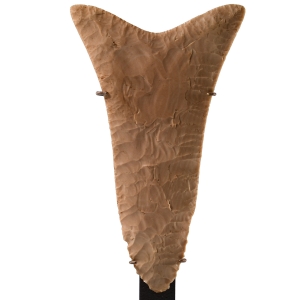
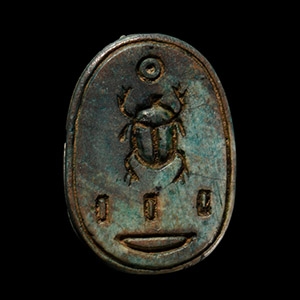
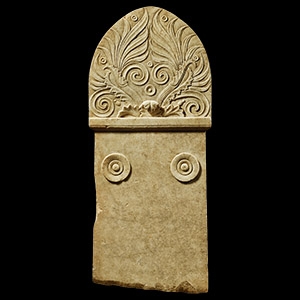
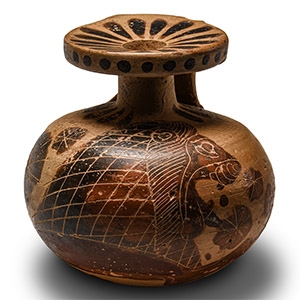
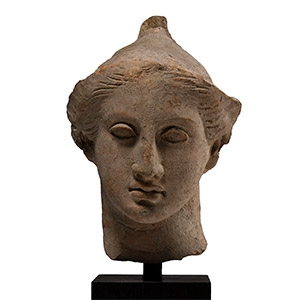
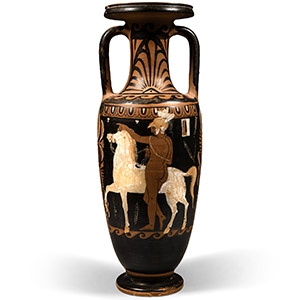
.jpg)
.jpg)
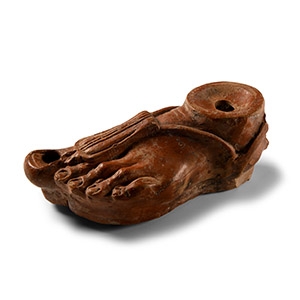
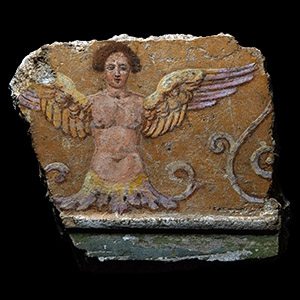
.jpg)
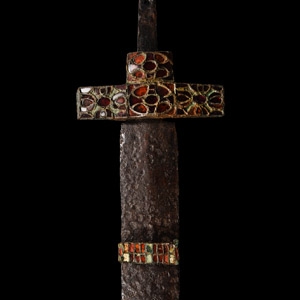
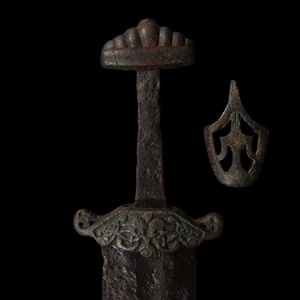
.jpg)
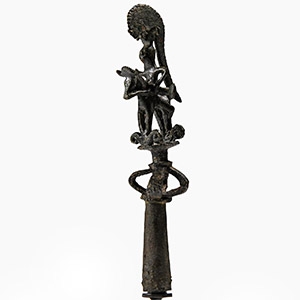


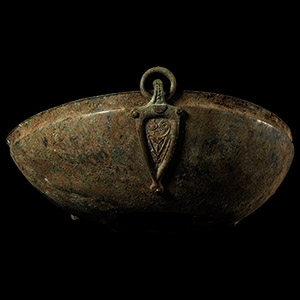
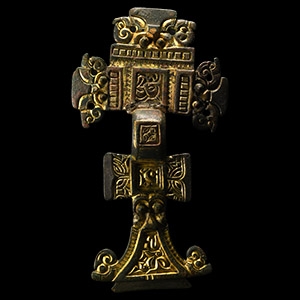
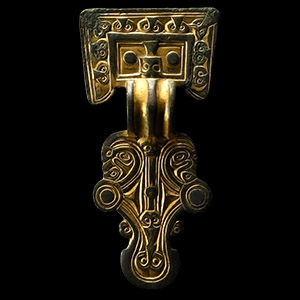
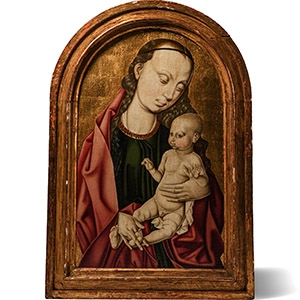

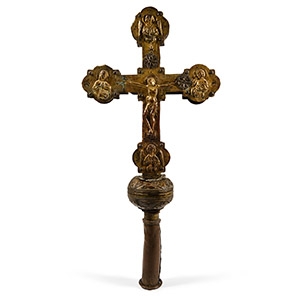
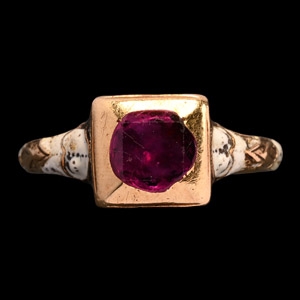
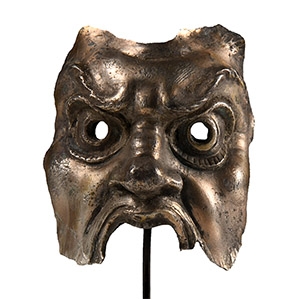
.jpg)


